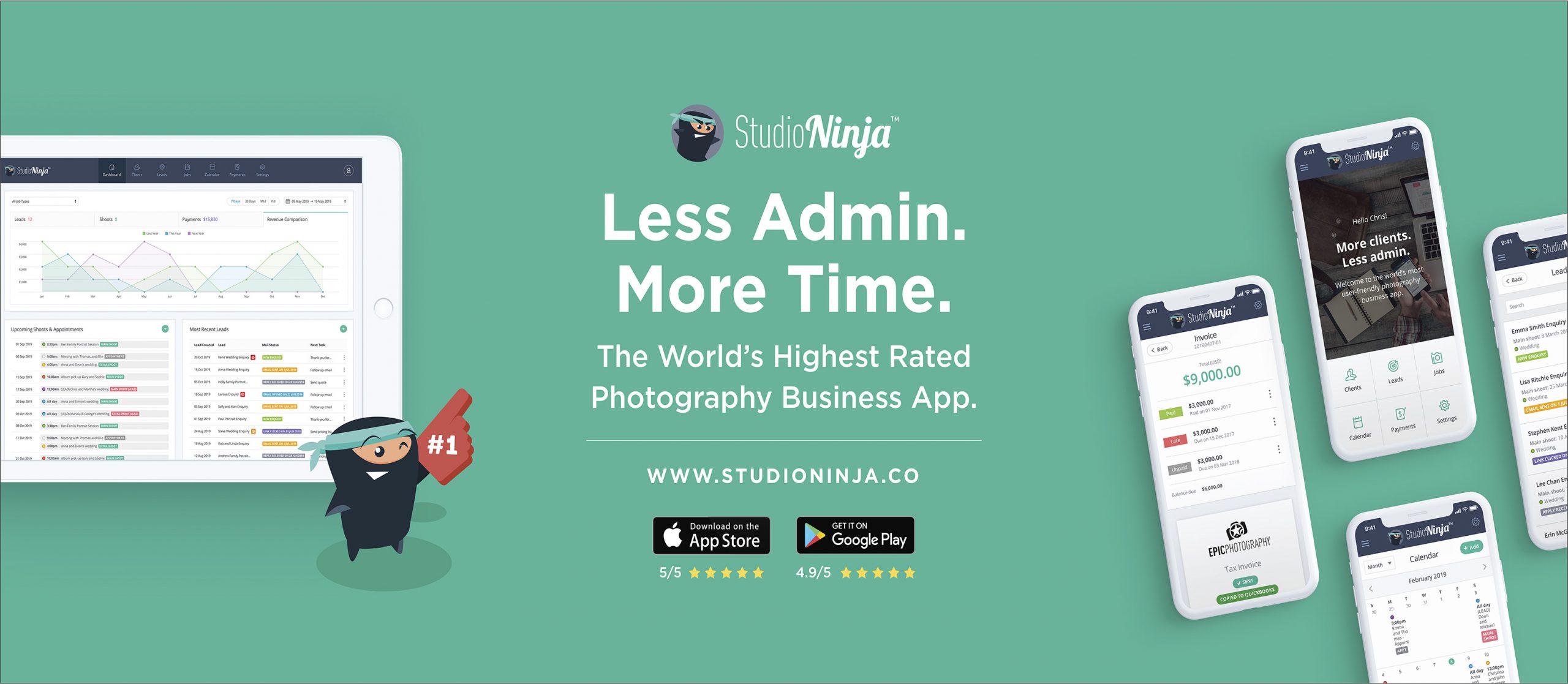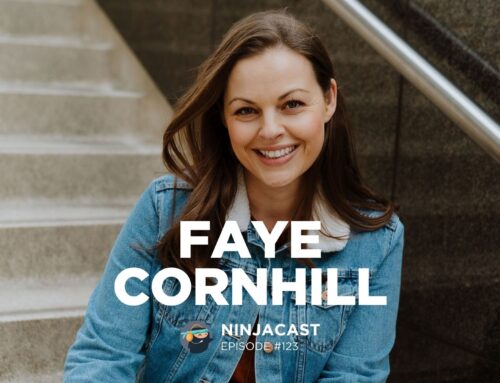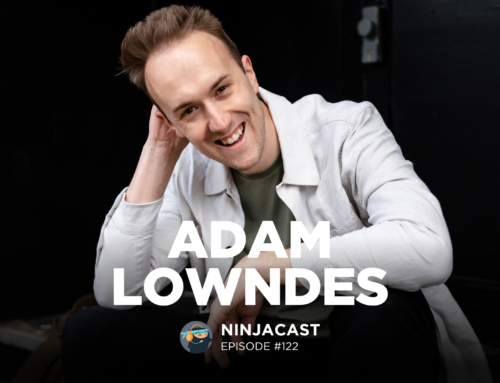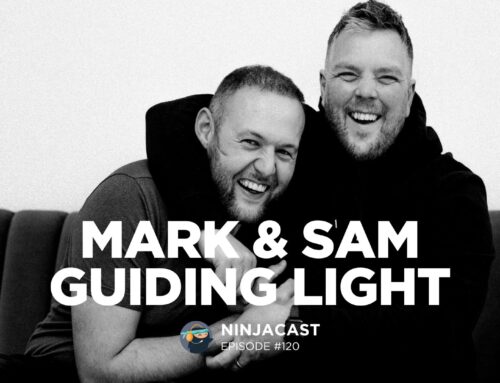061: Matt Parry – Your EPIC guide to The Three C’s – Curation, Consistency & Creativity
May 10, 2022
“Keep enjoying what you’re shooting!”
MATT PARRY
Hey everyone! It’s Sally here, from Studio Ninja. Today’s episode is all about Matt Parry!
Named as one of @stylistmagazine Top 10(!) alternative wedding photographers and @prophotomagazine Top 50 wedding photographers, this is smash-it-out-the-park, creme-de-la-creme, rock-and-bloody-roll Cool AF picture-taking. An alternative to the expected and sometimes less creative side of wedding photography…and a breath of fresh air for any couple searching for a wedding photographer.
After 12 busy and varied years as a wedding photographer that has seen Matt shoot in EVERY possible environment from golf clubs to Ibizan nightclubs he now produces photos that match the creative genius of a rock n roll legend, but without any of the ego.
“I class myself as one of the new breed aiming to bring my clients a younger, more creative and completely cheese free approach to what I do!
I am not much into labels but I hear my contemporaries using words like creative, alternative, documentary, fun and edgy when describing my work. Whatever the “label” my aim is to tell the story of a wedding day through my images with as little staging or choreography as is possible, in a way that will stand the test of time. And (most importantly) make you laugh, cry and feel all fuzzy EVERY time you look at them ”
The vibrancy, colour and edge in Matts work continues to stand out. Killer creative portraits sitting alongside honest, fun and quirky documentary images are his bag.
Check out some of the biggest points from Matt’s interview below:
How did achieving awards effect your business?
Certainly not negatively. I mean, both years that I’ve won it have been kind of pandemic affected years, which again is just to say my look, do you know what I mean? I was planning these things, maybe trying to win a national accolade like that in a non-affected year would make more sense, but in a way that was even kind of nice to be honest with you because I was still working and I was still keen to keep my portfolio going.
I wasn’t one of these photographers that wanted to sort of over egg the pandemic. I didn’t want to be sort of taking pictures of people wearing masks for the sake of it. Portraits in masks, I still shiver when I see those, but obviously I am at the core documentary photographer because that’s how I got into photography.
It was street photographer that got me in. So I’m at core a photographer on that side. And I kind of, again, I never really submitted that much, but I thought, well I’ve not got lots of images, but I’m going to… Let’s spend a year really delving into the documentary side of it because I think we’ll look back on the past two years as quite historic anyway.
So if I can have a bunch of images that reflect that, I think it gave me a bit of a drive through that, to be honest with you. So again, I think I came kind of top 10 in the sort of UK and that’s like a global thing as well. So it was nice. I got a few accolades over a time where there wasn’t much going on, so it gave me a little boost and got me through it to some extent. So, yeah.
Yeah. I mean, the difference between me when I’ve talked about sort of just meandering through, when don’t you put a camera in my hand, it’s completely different. I’m 100 miles an hour, absolutely. I just feel very comfortable, but it’s kind of the only thing in my sort of life.
I’m much more relaxed and chilled out into the day to day lives to the point where things don’t get done, but you can put a camera in my hand and pay me to shoot your wedding, and I am all over the place.
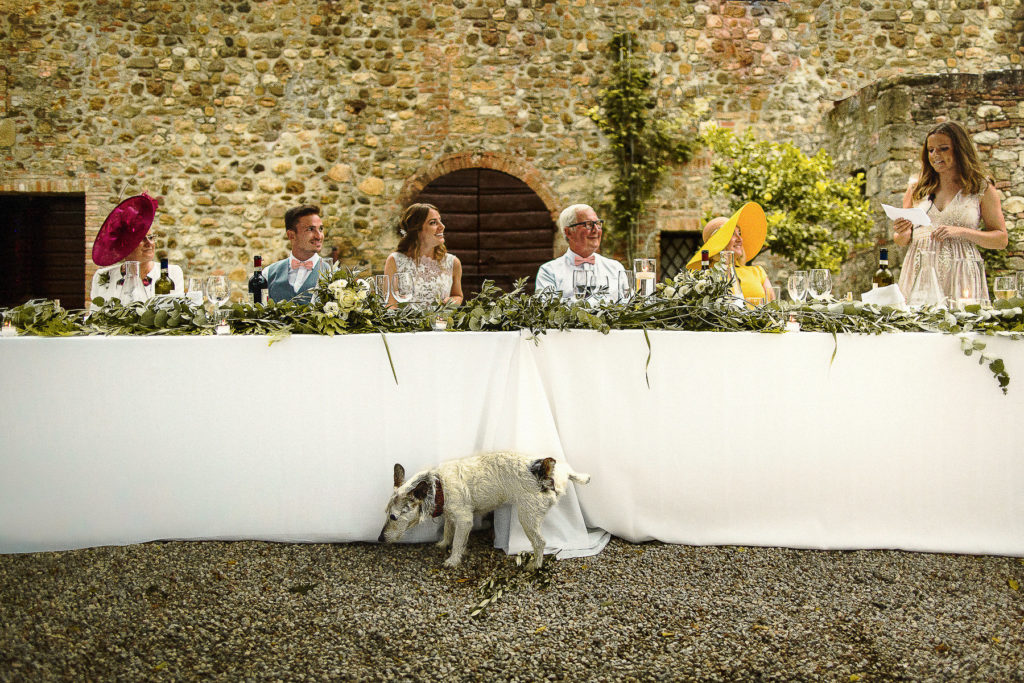
How can our listeners merge documentary & epic portraits?
I think one thing that I learned probably about 2005, 2016, so I was five, six years into shooting weddings, and that was where I kind of looking back, it didn’t seem like an epiphany because again, it was just quite organic. But I needed a new website and I needed just to rebrand.
And it kind of got me to sort of look back on my work and think about the kind of couples that I was working with and stuff like that. And I quickly realized that most of the couples that I worked with there weren’t the kind of couples that if I speak with them on Skype as it was then rather than Zoom and stuff like that, they didn’t have pictures themselves.
They weren’t really looking. They’re not those kinds of couples that didn’t want a photographer that was going to give them loads of pictures of themselves, of the kissing, or walking down the aisle, it was… But they wanted from their wedding… So if I can give them portraits to kind of the fact that it’s them, is kind of second to the shot, if that makes sense.
So it looks like something they would want to show off. Because just it’s pleasing to the eye, the colors, the light, the lines, the backdrop and maybe they’re kind of as important as they are in the shot, they’re not the main focus of that makes sense. Because I used to dread portraits. I used to dread portraits and group.
All the choreographed part just really didn’t kind of enjoy it and was just needs to be done. My couple are not looking forward to it, neither am I. So let’s just get it over and done with. I think so many photographers probably still think that way.
And I was like, well, I’ve been doing this every week and I know it’s only 15, 20 minutes, but let’s make better use of it and let’s get the couple to enjoy it and let’s give them some kind of expectation that we’re going to get something out of it that they might like rather than just ticking a box.
So I kind of did that and that sort of took me into yeah, an area of my creative I didn’t really know that I had. I’m not a reader of sort of fashion magazines or things like that. And I think some people think that there is kind of more of a sort of fashion element to certainly like the group photographs that I do with the kind of bridal party and even the portraits that I do, but no.
I’ve never studied kind of architecture and I use a lot of architecture and lines. So it was just, I think I’m just someone that naturally sort of sponges in kind of stuff rather than studying it. It’s kind of in there as colours. Just visually, I sort of will see frames and I will see opportunities and make best use of them basically.
So yeah, it was more a case of, look, I don’t need to spend any more time doing this. Don’t want to be that photographer that needs an hour with their couple. So the amount of time that I spend on portraits really hasn’t changed, but the output has. It was kind of a conscious or semi conscious decision to make better use of that.
And it’s still only 20 minutes. That’s all it is. What can I do? And again, it’s very quick. It’s very, I’m just, spinning off ideas, but I reckon what I’m going to do. So even though it’s 15, 20 minutes, I don’t just take the couple randomly.
I probably spend twice that amount of time throughout the day, just noising around before I take them just so it’s more planned than it used to be because I want to make better use of the time.
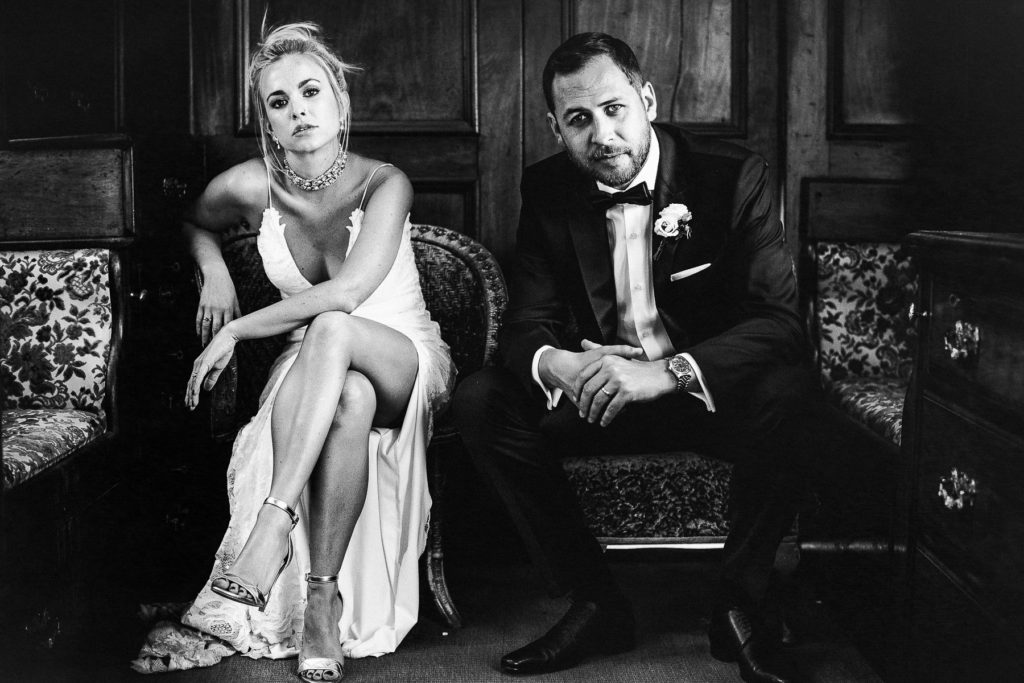
How can photographers understand the power of editing?
Yeah, I mean, don’t get me wrong if I’m… Again, I’m going back to the full gallery thing, where there is going to be in that 500 images that you give, there’s going to be images that creatively there wasn’t much put into them. They were literally just something you needed to capture.
So the edit is something that I can see people thinking, oh, I can just get some AI to do this, or I can just outsource this. But to me, if you do that, then you remove the creative element of editing. So I think if you think upon it as a part of the creative process so you’re looking more at maybe the portrait side of things.
I did a workshop years ago with a guy called Olli Samson, who’s a… Yeah, you probably know him. He’s been around for years and he’s great. He’s like a heavy metal kind of guitar playing guy. And he’s just one of these people that you just…I did the workshop with a few people that I knew, and when it had finished two said that that was rubbish, didn’t teach us anything.
But I was completely the opposite because he kind of just let you into his mind if that makes sense, which to me is something I tune into much more than just how did I edit this? What did I do in it? And basically what he said is that when he got to the point when he comes to his portraits, really he knew what he could do back in his office with them.
And he just showed some examples of before and after, and it blew my mind and it was like, wow. And he was saying it might have took me 20, 30 minutes, just that one image, but the result was worth it. And I kind of learned from that. So if you know that there are going to be images within your edit that you’re going to get that pleasure from really tweaking and really bringing out the best of, you kind of keeps you going through the edit.
Because I still always edit chronologically. I don’t go straight to the portraits just like, let’s get them done. So I’m kind of saying, well, if I get this, if I get this bit done, then I know there’s a really cool little section of images coming up that I can really get my teeth stuck into. So I kind of do it that way.
So there is going to be standard stuff that I can just wipe my preset on, just a couple of tweaks, but the quicker I get that done, I know there’s a section of images coming up where the light in the church was amazing or it was the portraits. So I kind of keep myself motivated throughout the edit.
So I’ve never outsourced and haven’t even… Probably the only photographer that that’s not sent off a lot of images like a free trial for AI. I’ve not even bothered doing that. So I don’t even know. I mean, if I did that, I might be like, wow! But I don’t think I could ever do the whole, even if I ended up dabbling with that, it would be the bits in between if that makes sense.
I would never send off portraits because I don’t know what they’re going to look like myself. There’s not like a standard look for the images that I really get stuck into creatively on the edit, because I let the kind of light and what the tools I’ve got. I just experiment basically.
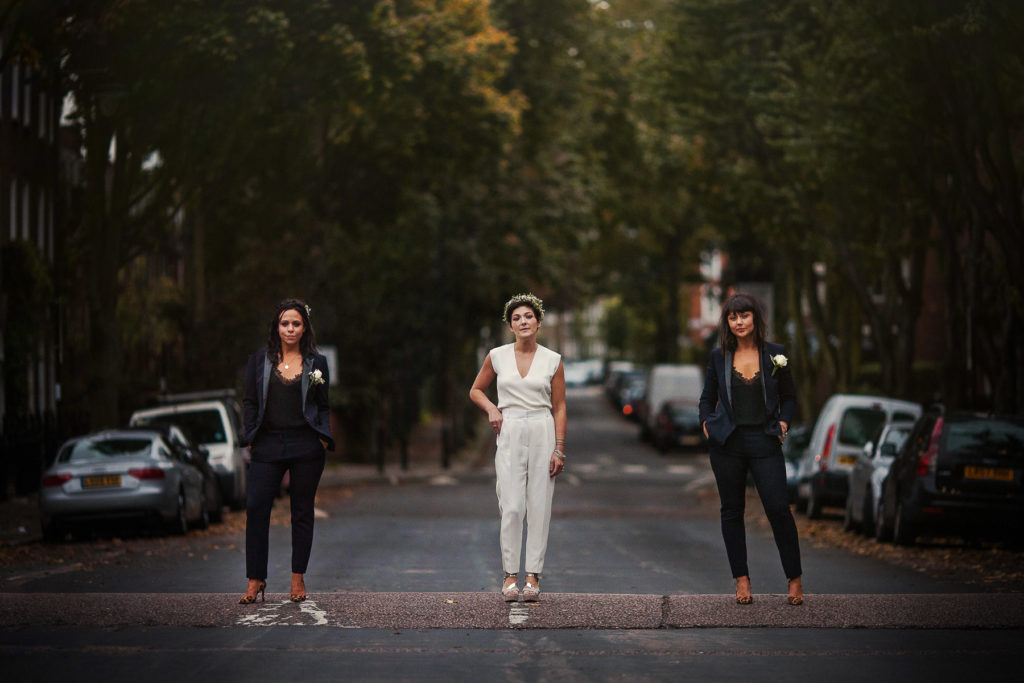
Thank you!
Thanks again to you all for joining us and a huge thanks to Matt for joining us on the show!
If you have any suggestions, comments or questions about this episode, please be sure to leave them below in the comment section of this post, and if you liked the episode, please share it using the social media buttons you see at the bottom of the post!
That’s it for me this week, I hope you all enjoyed this episode.
See you soon,
Sally
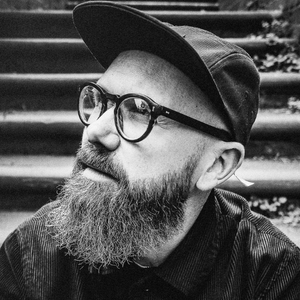
About Matt Parry
Named as one of @stylistmagazine Top 10(!) alternative wedding photographers and @prophotomagazine Top 50 wedding photographers, this is smash-it-out-the-park, creme-de-la-creme, rock-and-bloody-roll Cool AF picture-taking. An alternative to the expected and sometimes less creative side of wedding photography…and a breath of fresh air for any couple searching for a wedding photographer. After 12 busy and varied years as a wedding photographer that has seen Matt shoot in EVERY possible environment from golf clubs to Ibizan nightclubs he now produces photos that match the creative genius of a rock n roll legend, but without any of the ego.
